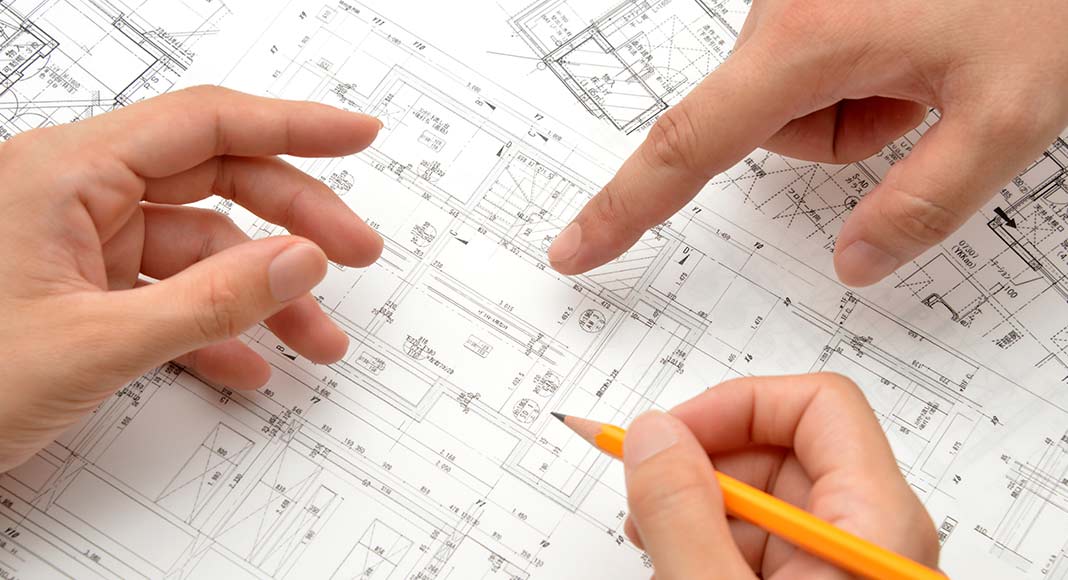As each technology has its pros and cons, it is critical to understand the preferred environment of each technology to maximize its advantages and minimize the risks related to signal interference. In healthcare facility planning and design, several considerations should be taken into account to maximize your RTLS system.
Throughout this best practice, you will find real-world examples from the team at medicon in the design and construction of their new 1 billion EGP R7′ medical Hub.
1. Start with a Vision and Define Value
medicon Medical Hub
The vision for the new medical center was to create a patient-centered healing environment serving the needs of the new-born medicon community. The main guiding principles were to apply an evidence-based design, integrate family into the patient experience, and create a work environment that supported staff.
The team also had a solid understanding of the value the project needed to deliver:
- Enable innovation to provide the best outcomes for patients
- Promote healing by incorporating natural light, colors, and art
- Drive efficiencies by applying smart design and simplifying work for staff
- Ensure the safety of patients, staff, and all who enter the facility
2. Pick the Right Location
medicon Medical Hub
medicon leadership closely monitored the population trends of the new capital and bought a large parcel of land in the residential area R7, anticipating the growth of the new capital. The building’s lot is conveniently located near the intersection of two interstates and major city junctions, near the regional ring road, monorail, and the green river, which gave it the perfect location and an easy access to 14 million of future population.
3. Assemble the Right Team
medicon Medical Hub story:
To ensure on time and on budget completion of the project, the team adopted an incident command center model, used in a disaster planning. The project team included not only traditional Construction, Facilities, Equipment, and IT teams, but also most important we mixed between Healthcare Planners, doctors with PhD. in planning health care facilities, architects and engineers, as well as Communications & Media Relations, Human Resources, and Finance teams.
4. Design the Workflow First
medicon Medical Hub
An integral part of the project team for the new medical center was a process improvement team, which assisted in redesigning workflow processes to leverage lessons learned from existing facilities and to stimulate new ideas for providing the best experience for patients, families, and staff. Based on that effort, the architecture and construction teams have received operational blueprints to be incorporated into the structural design.
5. Test
medicon Medical Hub
Multiple elements of the design and construction went through rigorous testing procedures throughout the course of the project. Cement cast samples were being exposed to weather elements, sofa sleepers for patient rooms underwent testing in the ED and a local shopping mall. Nurses dropped water on the tile floor to see if it was slippery and mock-up headboards aided the optimal positioning of outlets for medical devices. All these experiences brought real-time feedback to vendors and suppliers who were willing to make modifications to their products. The testing process also served as a stamp of approval to proceed with final orders and creating procedural playbooks for staff.
About medicon
medicon – R7′ Medical Hub is an integrated health facility and complex in the New Administrative Capital of Egypt. Medicon is a team of Healthcare and Property Development experts gathered around the motive of creating a better place for patients, doctors, and healthcare businesses. The team comes from a multinational diversified background to create and develop the highest-standard properties specialized in healthcare offerings. medicon is envisioned to attract individuals from around the world to invest in their future health and well-being.
medicon developmental objectives are tactically rooted in functional and modern design effective, integration of project components into cohesively weaved systems, and incorporation of the latest tech property operations.

Leave a Reply